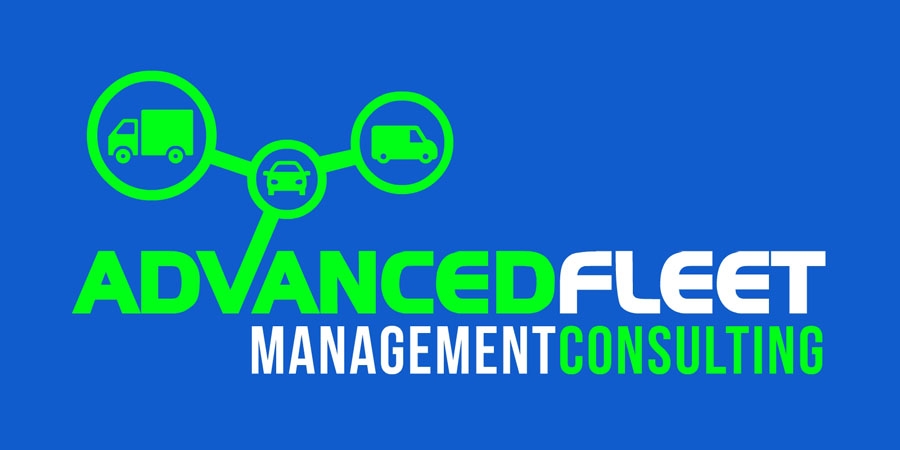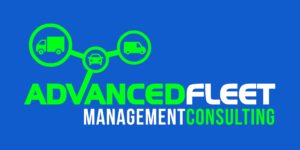Photo: Gerd Altmann, Pixabay
If the term “Internet of Things” (IoT) sounds complicated and confusing, or you’re not sure how it can apply to fleet management, you’re not alone. The good news is that it’s actually pretty easy to understand, and can be an incredibly useful tool when it comes to optimizing fleet performance.
What is IoT?
The Internet of Things generally describes anything that connects to the Internet. More specifically, it refers to the network of objects — or “things” — that are embedded with technology to connect and exchange data with other devices and systems over the Internet.
IoT is here now, with billions of connected devices just in the U.S alone. IoT is used to create smart cities, in smart homes, as wearable tech, and more, and has been well-adopted by industries such as agriculture, food service, and health care.
What Does IoT Mean for Fleets?
Fleets and the transportation industry have had their unfair share of supply chain and logistics challenges for years. But, with rapid digital transformation across all industries, wireless solutions are needed more than ever to operate in an increasingly connected world. It’s crucial that fleet operators embrace this new era of tech.
What exactly can IoT solutions do for you?
- Streamline last-mile delivery
- Save on maintenance costs
- Maximize vehicle performance and fuel efficiency
- Track driver behavior and create reports
- Comply with safety and environmental regulations
- Automate alerts and messages about the vehicle
With advanced technology — including IoT devices, AI, machine learning, and data analytics software — fleet managers now have incredible tools to aid in increasing vehicle uptime, as Work Truck recently reported. IoT can also offer a seamless overview of the location, status, and assets of vehicles throughout the supply chain.
Real-World Applications
There are numerous IoT solutions provers to help you incorporate these tools in your fleet to start reaping the benefits right away.

SmartSense by Digi’s real-time and location-based solutions came in handy when maintaining the cold chain during recent vaccine distribution. Photo: SmartSense by Digi
SmartSense by Digi is just one example, and has been providing real-time and location-based cold chain visibility for fleets across the U.S. since 2005 though wireless sensors, cellular gateways, and an on-demand dashboard to track assets, trips, and inventory in a centralized command center.
“IoT technology can provide crucial visibility to many of the components for fleet operators,” Kevin Riley, president of IoT solutions at Digi International, said. “IoT easily integrates with current tools and processes for fleets by automating many of the mundane tasks such as manual monitoring upon set-up. Remote monitoring is easily enabled on team tablets, phones or computers, allowing for quick, seamless transitions for the end-user.”
IoT sensor technology comes in handy to ensure safety and compliance with local, state, or federal guidelines. “By streamlining costly, error-prone, and labor-intensive manual operations with automated monitoring and reporting, fleets can monitor their assets 24/7,” Riley said.
During the pandemic, fleets were essential in delivering vaccines across the country, and temperature regulation was crucial. SmartSense by Digi worked to meet the CDC’s guidelines for handling COVID-19 vaccines and was utilized by local governments to support the entire vaccine cold chain – from manufacturers to end-point providers.
The Future of Connected Devices
It will be near impossible to ignore IoT technologies moving forward, but the possibilities are near endless. IoT and related technologies have already quickly evolved over the past few years as more and more industries realize the benefits and ROI of IoT solutions, Riley said.” We’ve seen a massive shift in attitudes toward these technologies, especially in legacy industries such as fleet transportation and logistics.”
Looking ahead, we’ll likely see even more precise monitoring as 5G networks can transport more data, quicker, Riley added. “This means the back-office of fleets will have more visibility into their most critical assets – namely their cargo, employees, and the vehicles themselves,” he said. “This has the potential to drive down costs and make transporting more profitable, safe, and accurate.”
Source: https://www.automotive-fleet.com




